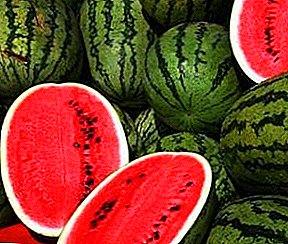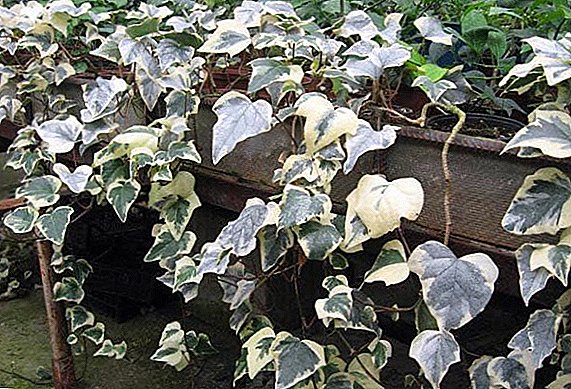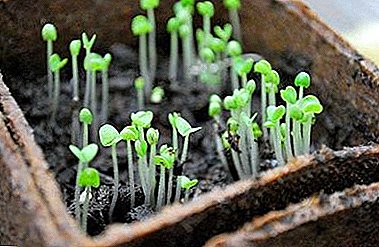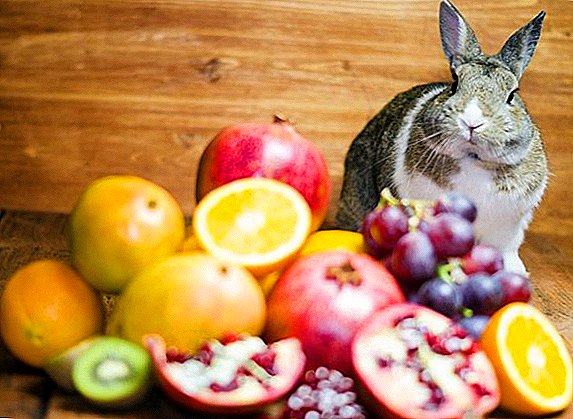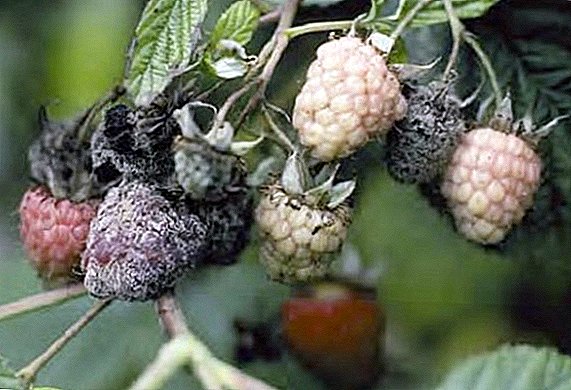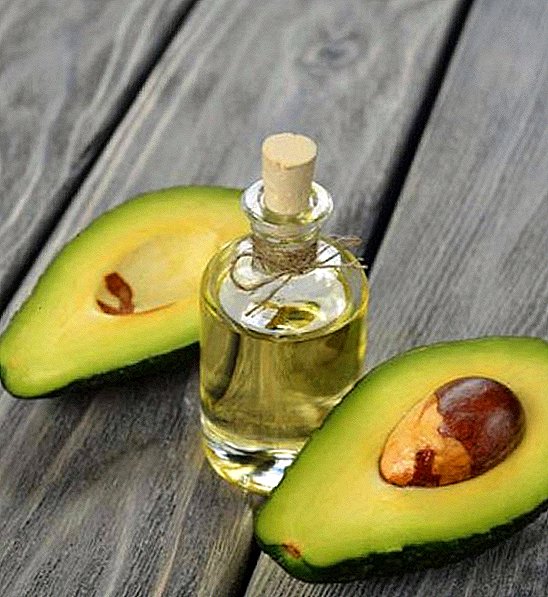
Carrots are a common vegetable crop that gardeners are actively growing today.
Caring for it is simple, but the storage process has its own characteristics, depending on the quality of carrots and its type.
Despite the large number of ways to preserve the harvest, the option of storing carrots buried in the ground remains no less popular.
Features of the structure
Carrots are biennial plants, which is able to be at low temperatures in a state of shallow dormancy. But under favorable conditions, its growth is quickly activated. Forced rest is required to complete the degenerative development processes. In the spring, after some storage time, sprouts are formed. These are the beginnings of future generative shoots.
Carrots are considered a crop. It can be used both fresh, and for storage, processing. For storage, grow preferably late varieties of carrots. In addition, you can store only those roots that meet the following requirements:
- correct form;
- high yield;
- good bedliness.
Important! In order not to lose part of the harvest during storage, it is necessary to maintain a temperature of 0-1 degrees, and a humidity of 95-100% (for more details on the temperature regime for storing carrots, see here).
Is it possible to save the root crop in the ground?
This method is often chosen by those gardeners who do not have a basement. In the ground, with proper preparation of root crops and arrangement of the pit, storage will be long.
Varieties for harvesting
Only late varieties of carrots can be stored in the ground. The most popular are the following types:
 Shantane. This variety with proper care gives high yields.
Shantane. This variety with proper care gives high yields.- root crops can be harvested as early as 140 days from the moment the seed shoots;
- fruits are conical in shape, their length is 16 cm;
- the surface is flat and smooth, and the end is a little blunt;
- the peculiarity of the variety is that its fruits do not undergo cracking.
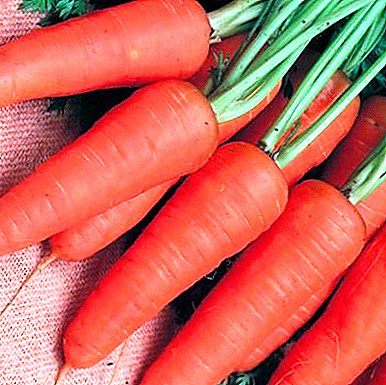 Royal Shantane. This is a high-yielding variety, which is recognized as a favorite among the late types of carrots.
Royal Shantane. This is a high-yielding variety, which is recognized as a favorite among the late types of carrots.- harvest occurs on the 110th day after germination;
- fruits have a red color, cone-shaped;
- differ juicy, sweet and elastic core;
- root crops have to be grown in loose soil and with moderate watering;
- ideal for storage in the ground with excellent ventilation and low humidity.
 Perfection This is a new late variety of domestic breeding.
Perfection This is a new late variety of domestic breeding.- characterized by high yield;
- you can harvest, but 125 days after germination;
- orange-colored vegetable, its length 21 cm;
- cylindrical shape, tip neat and not dull;
- it can be stored for 4 months with acceptable moisture;
- the variety is not capricious in terms of cultivation;
- can grow on any land and suffers moderate drought.
 Sirkana F1. This is a hybrid variety that appeared not so long ago.
Sirkana F1. This is a hybrid variety that appeared not so long ago.- it is distinguished by high yield and excellent lying quality;
- fruit ripening occurs on day 135 after germination;
- orange fruit, length 20 cm;
- different neat end, has a cylindrical shape;
- You can grow on any land with moderate watering.
Site Requirements
 To lay in storage in a pit of earth, vegetables are needed without damage, signs of decay and deviations from the norm as excessively thin or crooked root crops. If the stored harvest of carrots is properly stored in the ground, then it will be able to preserve its taste and appearance until spring.
To lay in storage in a pit of earth, vegetables are needed without damage, signs of decay and deviations from the norm as excessively thin or crooked root crops. If the stored harvest of carrots is properly stored in the ground, then it will be able to preserve its taste and appearance until spring.
The selected site must comply with the following standards:
- there should be no various soil diseases in the garden;
- spring plot should not be melted with melt water;
- plot with the left crop should not interfere with the spring work in the garden.
How to keep a vegetable until spring?
In the garden
This method has the following features:
- In the last month of trimming tops should not water the garden.
- To harvest, choose a day that was preceded by a period without rain (preferably, there should be no precipitation during the week). Then the soil does not accumulate excess moisture.
- Already yellowed tops of carrots cut off, the ground level should correspond to the place of cutting.
- To fill up a bed a sand of large fraction. The layer should not be too thick, 2-5 cm is enough. At the same time, make sure that it completely covers not only the area with root crops, but also the surrounding area (1 m from the bed). Due to the sand oxygen will flow to the surface of the earth.
- Cover with polyethylene. This can be done immediately before the onset of frost.
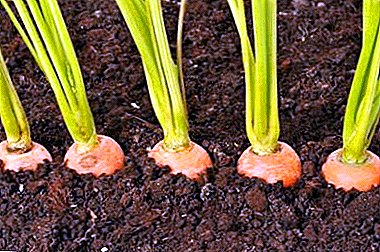 The next layer lay improvised materials. These can be tree leaves, peat, sawdust.
The next layer lay improvised materials. These can be tree leaves, peat, sawdust.- Cover the insulating layer with polyethylene or roofing felt. Thanks to him, a heat cushion is created, which allows to keep the crop, buried from the cold, for the winter. Roofing material or film carefully fix any materials at hand.
Further snowfalls will create auxiliary protection from the cold climate, and after thawing the roots will be in perfect condition. Pay special attention to the protection of carrots from rodents. These animals will not miss the opportunity to feast on delicious vegetables in the winter. For protection, it is necessary to use fir branches for insulation. It is enough just to scatter them on the surface of the warming layer.
Learn more about how to keep carrots in the garden until spring, you can find here.
Watch a video on how to store carrots right in the garden.
In the pit
This method involves storing the harvest in an organized pit dug on the site.
All these rules are completely simple, while they help to preserve the harvest for a long time with good quality indicators. First you need to hold a series of preparatory activities:
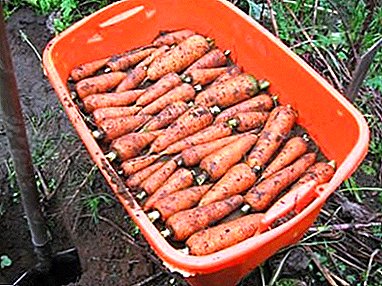 Before removing the root crops from the ground should not be watered.
Before removing the root crops from the ground should not be watered.- For digging use forks.
- Do not shake the ground with vegetables, do not beat them with pitchforks. Such a mechanical effect leads to the formation of microtraumas, which will worsen the safety of root crops and lead to premature rotting.
- Collected carrots spread out to dry.
- After drying, remove excess soil.
- Crop tops. Cut it to the top of the root. The height of the remaining greens should not be more than 2-3 cm.
- Sort the crop.
Now you can proceed to the selection of vegetables for laying in a hole. For this suitable medium-sized copies. The next step is to prepare a place to bookmark. Choose a place you need, which is not subject to flooding with melt waters in the spring. When the roots are selected, you can go to the tab for storage.
Important! Additionally, install scarers and traps in which the poison is laid. This will protect the vegetables from pests.
The procedure is as follows:
- Dig a hole. Its depth in areas where winters are mild and there is no deep freezing of the soil should not exceed 30-35 cm. In those regions where winters are severe, the depth of the pit should not be less than 50-60 cm. The width for both cases will be 50 cm.
- Put coarse sand at the bottom of the pit. The thickness of the layer is 2-5 cm. Sand prevents contact with the ground and provides air exchange.
- Lay a layer of root vegetables. Cover them with sand until 10-15 cm is left for the edge of the pit.
- Fill with earth so that the top layer extends over the edge of the pit by 8-10 cm. If the winter is harsh, then the top ground layer may be 50 cm thick.
- Now you can go to the weatherization. For these purposes, use leaves from trees, peat, sawdust, fir branches.
- How to keep carrots at home if there is no cellar?
- How to store carrots in jars and boxes?
- Tips for storing carrots in the refrigerator.
- Where can I store carrots in the apartment?
- How to store carrots on the balcony?
- How to keep carrots until spring is fresh?
- Is it possible to freeze grated carrots for the winter?
Storing carrots in the ground is an effective way to keep vegetables safe and sound until next spring, for these purposes you can put carrots directly on the garden or prepare a pit for it. In terms of implementation, this method is simple and does not take much time., although it requires compliance with all points. The way to store beets is similar.


 Shantane. This variety with proper care gives high yields.
Shantane. This variety with proper care gives high yields. Royal Shantane. This is a high-yielding variety, which is recognized as a favorite among the late types of carrots.
Royal Shantane. This is a high-yielding variety, which is recognized as a favorite among the late types of carrots. Perfection This is a new late variety of domestic breeding.
Perfection This is a new late variety of domestic breeding. Sirkana F1. This is a hybrid variety that appeared not so long ago.
Sirkana F1. This is a hybrid variety that appeared not so long ago. The next layer lay improvised materials. These can be tree leaves, peat, sawdust.
The next layer lay improvised materials. These can be tree leaves, peat, sawdust. Before removing the root crops from the ground should not be watered.
Before removing the root crops from the ground should not be watered.